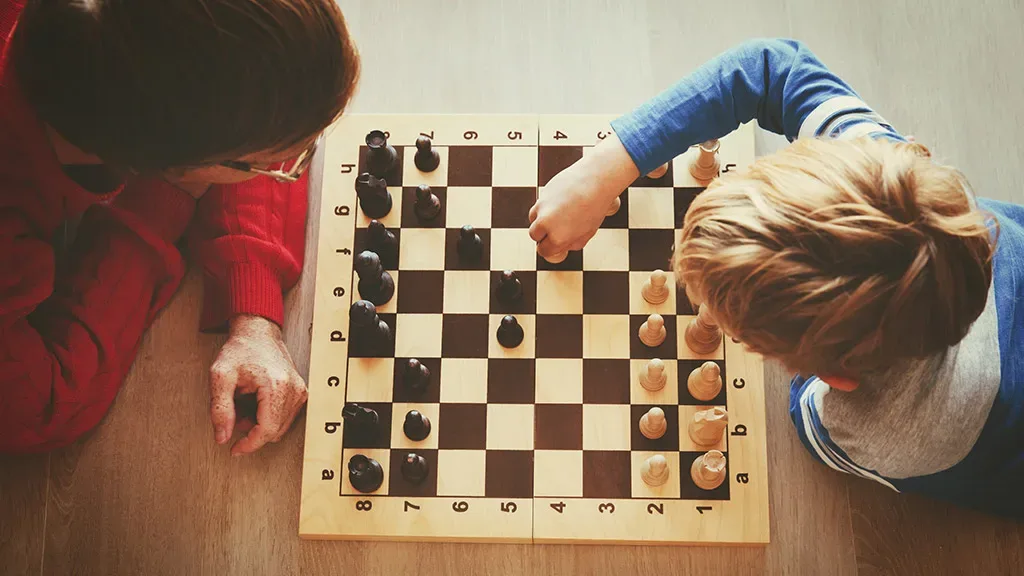
by Chip and Dana Brown, co-founders, Storyastic
After two years of dealing with a once-in-a-century pandemic, consumers are longing for in-person, real-world experiences to interact with one another. But between a massive increase in screen time and social distancing, it seems as though interpersonal communication skills have atrophied, especially with the younger generation.
Technology like smartphones and social media that is designed to keep us connected also seems to distract us from being present when we are together in person. This paradox is directly fueling huge growth in demand for hands-on toys and games.
Toy and game companies can do both good business and societal good by leaning into consumers’ desire for communal experiences and leveraging how the power of classic play helps cultivate mental health and relationships. Manufacturers can provide positive, fun, and uplifting toys and games to leverage play and release the same endorphins that consumers experience when riding roller coasters or a bike. Retailers can add to that by displaying them in a way that gives consumers a chance to try out the product before they buy it.
Classic play patterns offer the opportunity for storytelling to be infused into new products, leaving room for consumers to add in their own stories. Those involved in creating and marketing new products should move beyond the idea of selling products to customers and instead think of ways to provide them with a full experience, offering the possibility for fun, memorable, and rewarding quality time as they play together.
Any product that encourages humans to interact with one another is destined to become a hit because those products leverage consumers’ innate desire for community, and those consumers will recommend those products to others and continue to come back to your brand for more similar experiences.
And, instead of racing to the bottom on price, which often forces a reliance on cheaper components, toy and game manufacturers should be creating and providing excellent quality in design, materials, and production to create timeless products that last.
The toys and games that will succeed the most in these next few years are the ones that help people re-engage the art of interpersonal communication and relearn how to foster active, participatory, face-to-face conversation. They help them have fun while having a sense of belonging.
Classic play is good for our communities and good for business.


